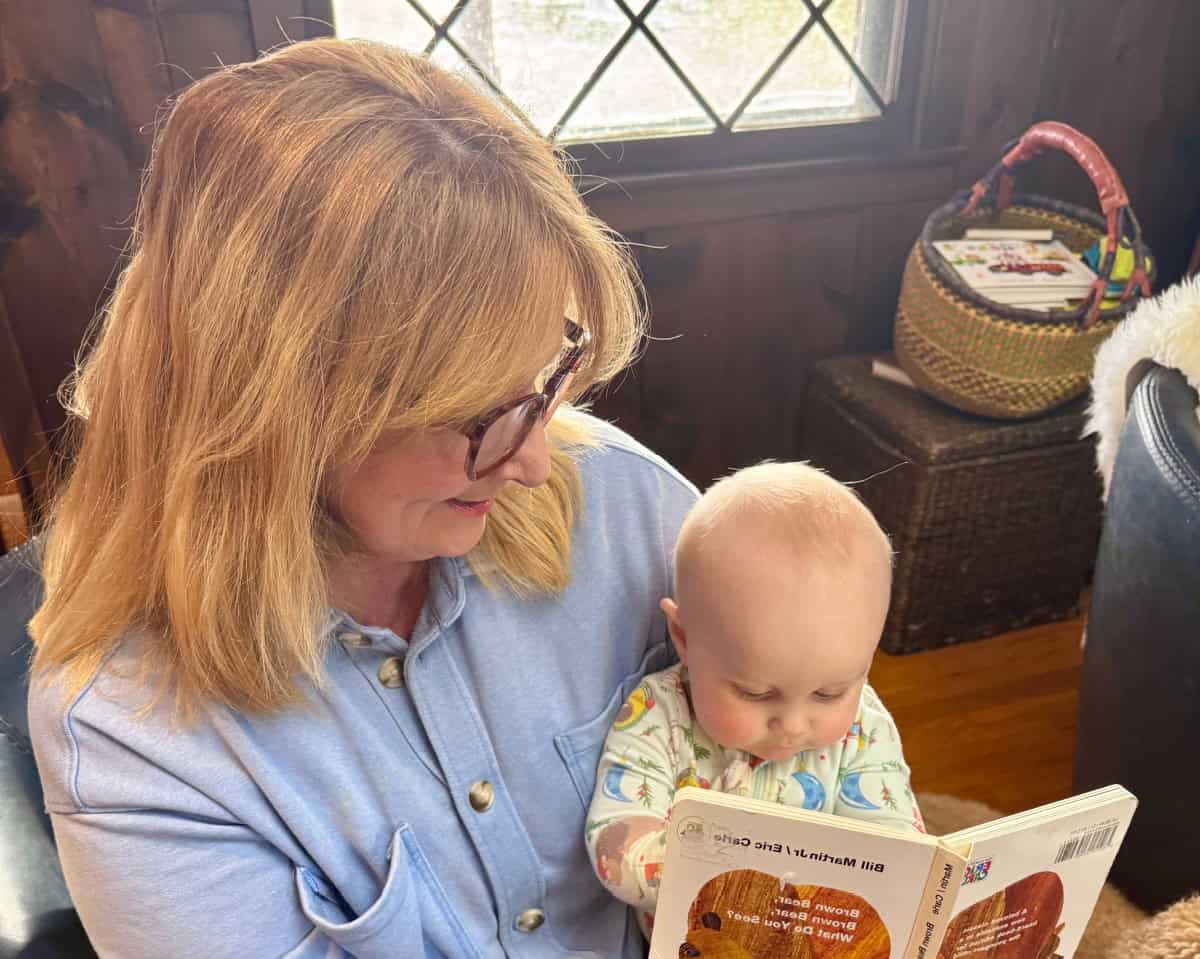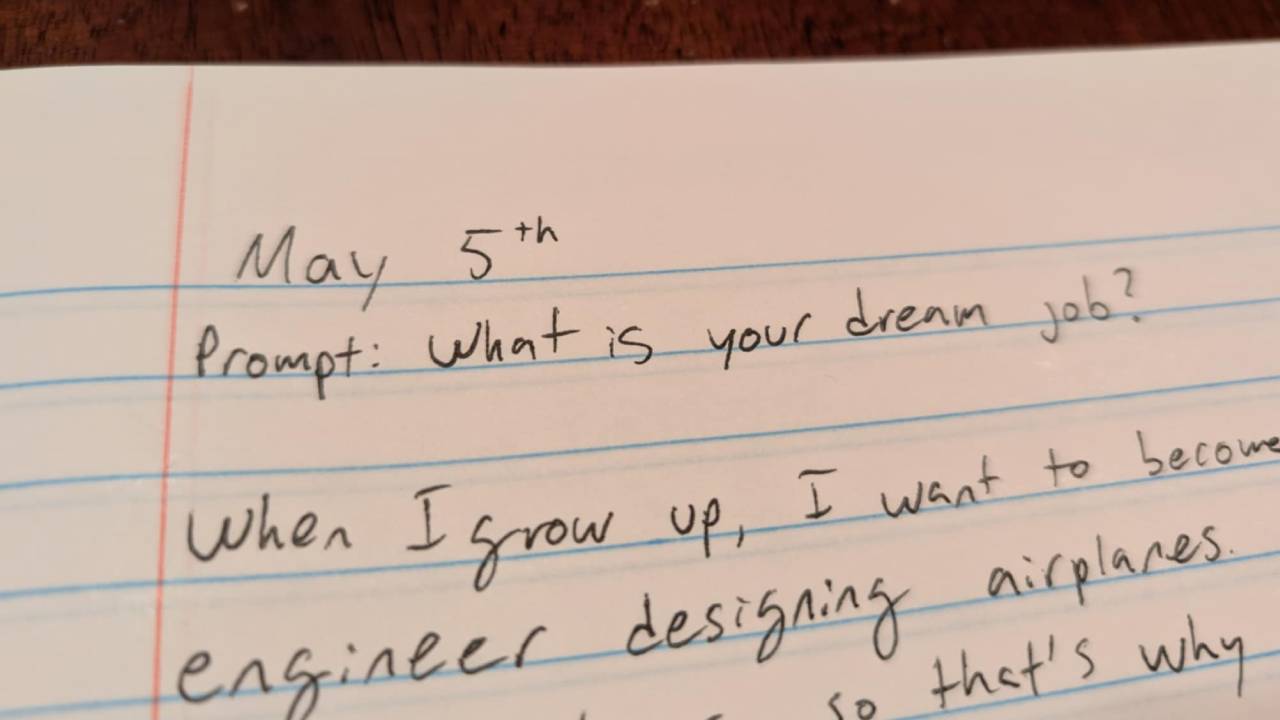Life as a new parent is often full of surprises and new experiences. It can be challenging to know how often and how much to feed your newborn when beginning to parent. Luckily, your baby will show signs of hunger through sounds and movements. These are known as newborn hunger cues.
You may have older children who explicitly state their hunger, but newborns require more attention to understand when hunger may arise. Although signs of hunger1 may not be as obvious in newborns, your baby knows what they need and will do their best to communicate this to you. Aiming to understand these hunger cues will allow you to feed your child while they are still calm.
Newborn Hunger Cues
Newborn cues are how infants communicate with us, so we know what they need. Infants’ hunger cues are specific to their needs surrounding hunger. Understanding how newborns choose to communicate this information is a vital skill to have as a parent. Picking up on these specific cues can take time, but they help ensure your baby is being fed proper amounts of breastmilk or formula at frequent intervals. Responding to your baby’s hunger cues is known as responsive feeding2 and can promote a healthy start in life for your child.
It is typically thought that whenever your baby is crying, they are either hungry, have a dirty diaper, are in pain, or are experiencing discomfort. It is extremely common for many moms to think that crying is the only way to know a baby is hungry. Although crying can certainly mean your baby is experiencing hunger, this is usually the last cue of hunger that will be given.
Instead of jumping straight to crying when hunger is experienced, most babies display other feeding cues first. It is recommended to avoid waiting to feed your newborn until he is crying. Infants latch on and feed more effectively3 whenever they are aware and calm. Paying attention to your newborn’s hunger cues and responding early can help prevent them from crying when hungry.
Common Hunger Cues
So, if you shouldn’t wait until your baby is in tears to feed them, what signs should you watch out for? As previously mentioned, babies have their own way of communicating with us through their different hunger cues. Let’s walk through the various signs of your baby’s hunger in each phase: the perfect time to feed your baby, hurry up and feed your baby, and feed your baby now.
The Perfect Time to Feed Your Baby.
Newborns exude many signs that give us the perfect opportunity to feed them most effectively. For example, your baby might bring his fists up to his mouth to indicate he is hungry. It is also common for your newborn to move his head to actively look for your breast. Both of these cues take time and attention to recognize in your newborn. Whenever your baby starts opening their mouth, smacking their lips, or sucking on their hands, this can also indicate hunger. Although these hunger cues can be subtle, they make a huge difference in effectively feeding your newborn.
Hurry Up and Feed Your Baby!
Although our babies give us many signs that they are hungry and provide us with the perfect time to feed, additional cues indicate you may need to hurry. Your baby may become more alert and active when hungry, which may mean you need to feed them quickly. Another hunger cue could be your newborn squirming, fussing, wiggling around, and rooting for the breast or bottle. This restlessness can communicate that the baby is becoming very hungry, and you may need to act fast.
Feed Your Baby NOW!!!
As discussed earlier, crying is often a late hunger cue. Whenever your newborn’s hunger cues fail, crying is the last resort. When your baby is distressed and crying, he is likely experiencing significant hunger. Intense crying requires a lot of energy from your newborn, which may cause tiredness. When your child is distressed, frustrated, and tired, feeding can become increasingly difficult, and your baby may not want to latch onto your breast or may fuss if you are offering him a bottle.
Signs of Fullness in Newborns
Now that your baby has been fed, how do you know when to stop feeding? Recognizing hunger is extremely important, and so is recognizing signs of fullness.
Whenever your newborn has had enough and is feeling full, they may simply stop eating or fall off your breast or stop sucking on the nipple of a bottle. Other signs of fullness could be your newborn relaxing their body and turning his face away from the nipple. His hands will also become soft and open, and his arms will relax. In cases where your baby is very full, he may become fussy.
It is best practice to pay attention when breastfeeding to watch for similar cues. If you are unsure how to read your baby’s cues or if they fell asleep, you can always stimulate and wake your baby and offer your breast again to see if your baby decides to latch on.
But Wait . . . What If Your Baby Doesn’t Show Hunger Cues?
Although most newborns do show hunger cues quite frequently, some may not. This type of situation can occur in a very sleepy newborn. But just because there are no clear newborn hunger cues does not mean hunger is not present. It is recommended that a newborn receives breastmilk at least 8 to 12 times per day. It is best to try and wake your baby up to feed every three hours in this situation.
Understanding when and how to feed your newborn requires patience, attentiveness, and care. Knowing common hunger cues that your baby might use can help you start to recognize your child’s hunger before crying episodes set in. Every newborn responds differently to hunger, but frequently observing your child’s actions can allow you to feed them most effectively and enhance their start in life.

 PARENTING TIPS
PARENTING TIPS







 PREGNANCY
PREGNANCY








 BABY CARE
BABY CARE








 TODDLERS
TODDLERS








 TEENS
TEENS








 HEALTH CARE
HEALTH CARE







 ACTIVITIES & CRAFTS
ACTIVITIES & CRAFTS








 CONTACT
CONTACT ABOUT
ABOUT


